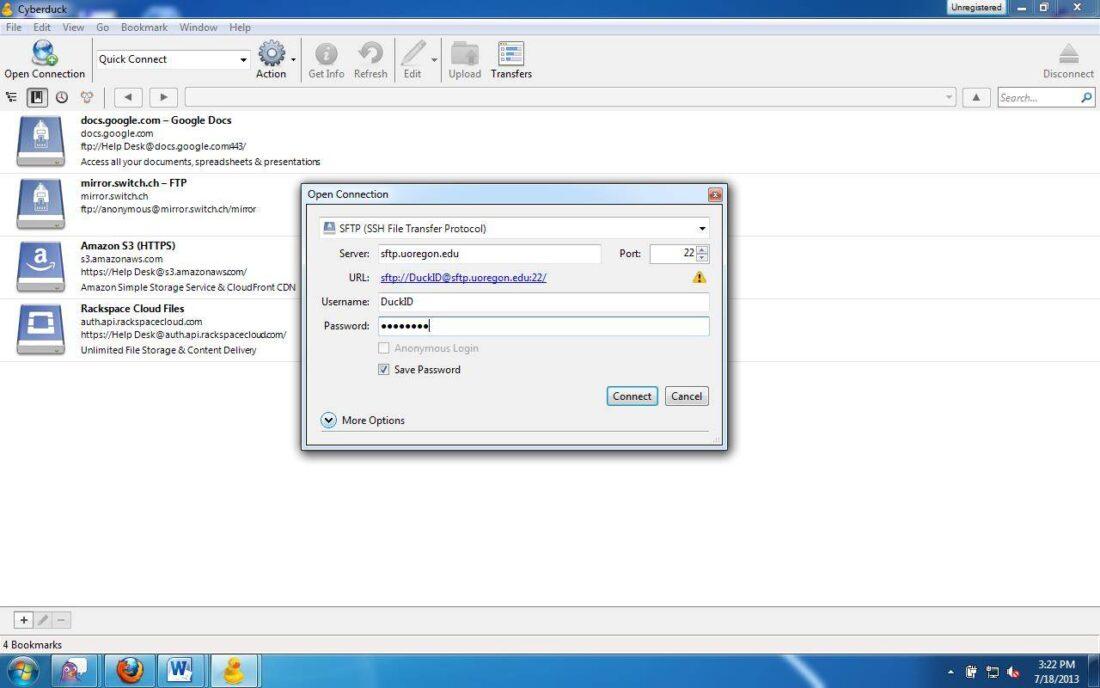
For now, choose Static Page: Sample Page.Ħ. In Settings>Reading, you can choose to have the landing page show your latest posts or a static page.
Note the box for Membership: Anyone can register. In Settings>General, review your Site Title, Tagline and your email address (for admin purposes.) Make note of your site URL as it appears in your browser address bar.Ĥ. Complete site installation and visit the site to see the “Sample Page” and a “Hello World” post. (It can be the same as your Pantheon password entered earlier, or a different one.)ģ. Choose a language, then enter a Site Title, Username and Password for your WordPress site. Click on Sites to see your admin panel.Ĭlick on the sandbox, and then in the upper left click on Site Admin to be brought to the WordPress setup screen.Ģ. Login to your Pantheon Account dashboard. Share work in progress with a web accessible URL (e.g., example-dev.pantheonsite.1. 
 Build in a known state with fewer surprises, since Dev is the same as Live. Sites on Pantheon each include Dev, Test, and Live environments - and as the name implies, Dev is already set up for development purposes! Rather than managing and maintaining a LAMP stack on your local computer, you can do your work in the cloud, directly on our platform, with zero setup and no ongoing responsibilities. Let me fire up and configure my local development environment, give me one to three hours. Visit our guide to Configure Visual Studio Code to edit and sync code from within the text editor. Alternatively, you can use your Pantheon account password to sign in, when prompted. Creating a key takes a few minutes and handles the server authentication for you. For fastest development, choose an SFTP client that uploads on save, and allows you to authenticate with an SSH key. SFTP client and text editor on your local computer, such as: SFTP Clientĭemonstrations throughout this guide use Atom and Transmit. And here is the easiest way to embrace your destiny as a WordPress professional. For growing agencies and developers, it isn’t an option, it's inevitable. Using Git is a big step away from the bad habits of Cowboy Coding and a leap towards professional development best practices. What caused that new bug? Simply step back through past revisions until you find where it appears! Best Practice Git provides a recorded timeline of changes, allowing you to move forward or back in the code's history. You can lock down your production environment, because you are never touching the code directly you're deploying it securely with Git. Version control creates a more secure way to move code around. Even working alone, you can have many features in progress on a site, but without risking the stability of the current site. You can work in parallel with others and not step on any toes.
Build in a known state with fewer surprises, since Dev is the same as Live. Sites on Pantheon each include Dev, Test, and Live environments - and as the name implies, Dev is already set up for development purposes! Rather than managing and maintaining a LAMP stack on your local computer, you can do your work in the cloud, directly on our platform, with zero setup and no ongoing responsibilities. Let me fire up and configure my local development environment, give me one to three hours. Visit our guide to Configure Visual Studio Code to edit and sync code from within the text editor. Alternatively, you can use your Pantheon account password to sign in, when prompted. Creating a key takes a few minutes and handles the server authentication for you. For fastest development, choose an SFTP client that uploads on save, and allows you to authenticate with an SSH key. SFTP client and text editor on your local computer, such as: SFTP Clientĭemonstrations throughout this guide use Atom and Transmit. And here is the easiest way to embrace your destiny as a WordPress professional. For growing agencies and developers, it isn’t an option, it's inevitable. Using Git is a big step away from the bad habits of Cowboy Coding and a leap towards professional development best practices. What caused that new bug? Simply step back through past revisions until you find where it appears! Best Practice Git provides a recorded timeline of changes, allowing you to move forward or back in the code's history. You can lock down your production environment, because you are never touching the code directly you're deploying it securely with Git. Version control creates a more secure way to move code around. Even working alone, you can have many features in progress on a site, but without risking the stability of the current site. You can work in parallel with others and not step on any toes. 

Any kind of collaboration is easier and safer with version control.












